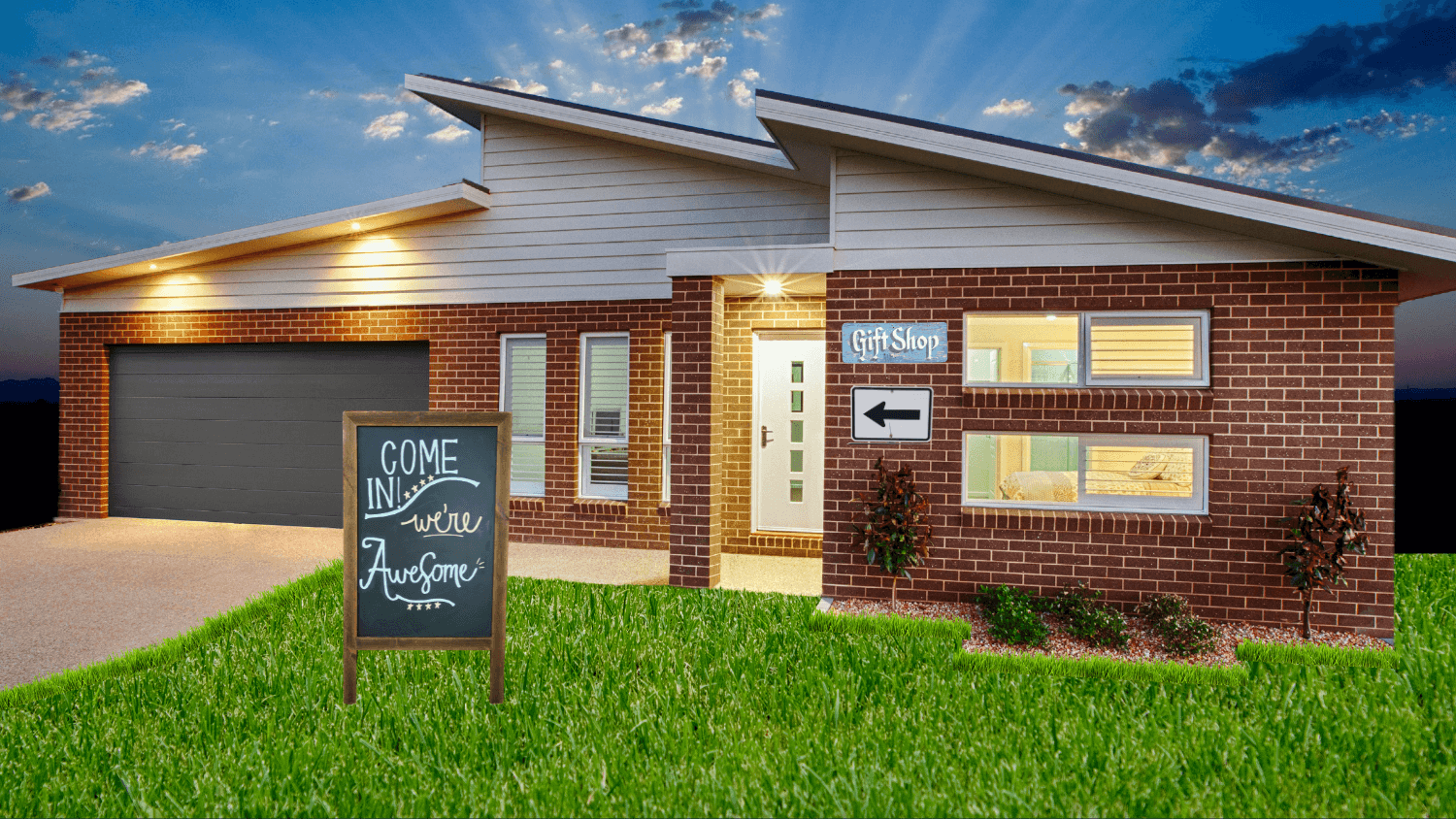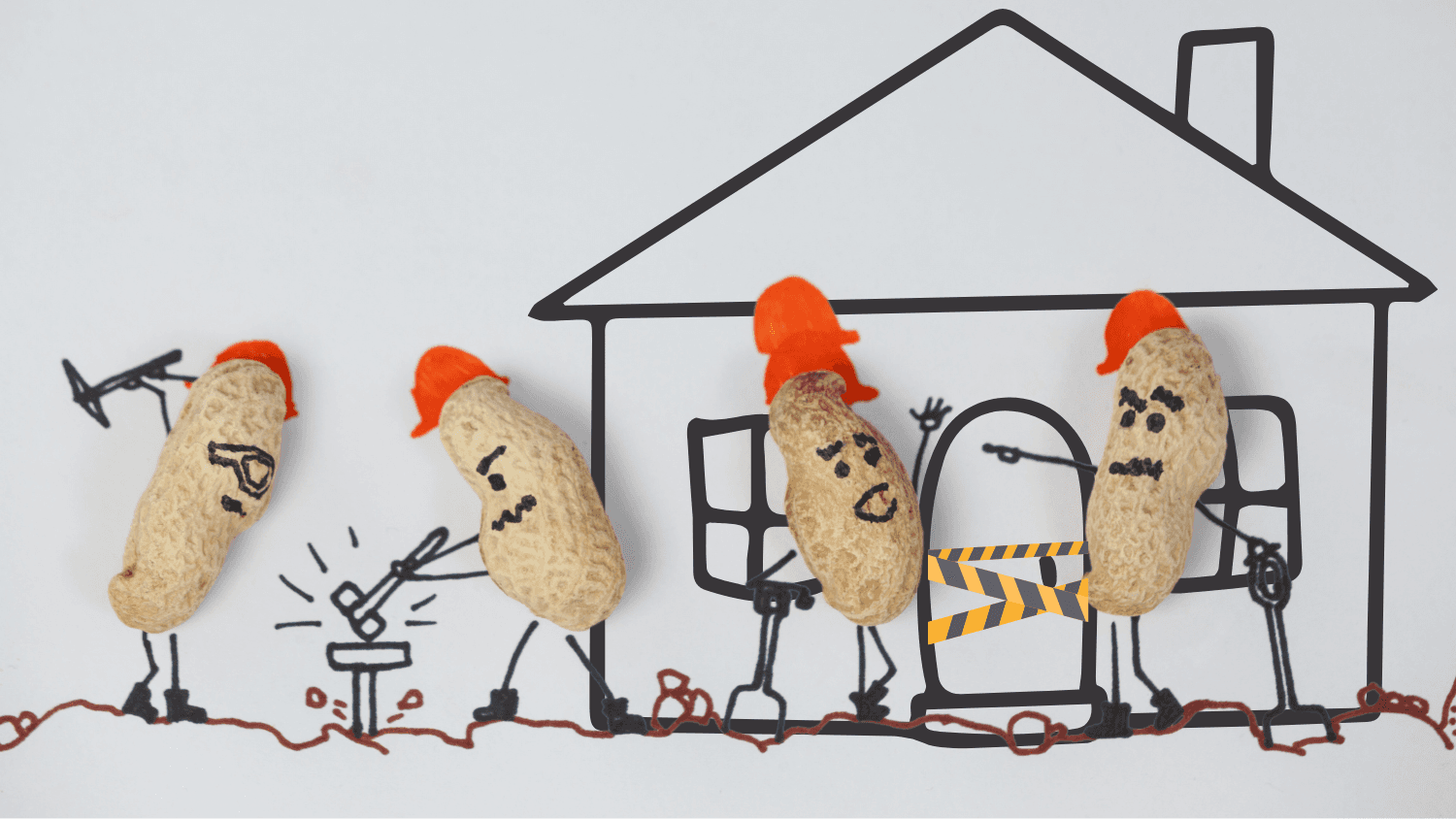Buying a house is an incredible milestone to achieve, especially if it's your first home. However, it comes with its own set of responsibilities, including regular maintenance to ensure that certain features don’t turn into a major problem or a financial burden down the line. By performing regular maintenance checks yourself, you’ll avoid having to pay for costly repairs that could have been avoided.
Below is a list of features you should maintain regularly to save cash down the road:
1. Main electrical panel
Check the electrical panel for signs of watermarks and rust. To ensure that everything is in working condition, turn the circuit breaker switches on and off. If the panel is warm to the touch or smells of burnt insulation, call an electrician.
2. Roofs
Stormy weather can shift or damage roofing tiles. If they’re damaged, replace them as it may lead to leaks and water damage inside your home. Don’t forget to keep your roof clean and cut back any trees that may be touching the roof.
3. Chimneys
If you have a chimney, check for loose or damaged bricks. Check the condition of the waterproofing elements around the base and make sure the mortar is in good repair. Ideally, your chimney should be professionally serviced as least once a year to ensure that everything is operating correctly.
4. Gutters
Avoid the risk of water damage inside your ceiling and walls by regularly cleaning your gutters. A build-up of foliage can lead to clogging and water overflowing into unwanted areas. Check for leaks and holes that require repairs and ensure the gutters are securely attached to the wall.
5. Windows and doors
Replace broken or cracked windows and reapply old cracked window putty. Check the window and door finishes for paint deterioration or rot. Properly sealed windows and doors will assist with the heating and cooling of your home and reduce your electricity consumption, saving you some cash as well.
6. Walls and ceilings
When inspecting your walls and ceilings look for cracks and damp spots, specifically vertical cracks 3mm or wider. If watermarks appear on your wall it will cause the paint to bubble and flake. If you see a watermark on your ceiling you may have a leaking roof, which could result in your ceiling starting to sag or (at worst) collapse.
7. Paint
Paint acts as a protective layer against water damage, rust, sun-damage, and rot. If you notice any bubbling, peeling, or cracks, you should inspect, repair, and repaint.
8. Patios and decks
Much like paint, varnish acts as a protective layer for wooden features. Wooden patios and decks need to be sealed properly to avoid warping or water damage. They should also be inspected for insect infestation.
Final advice
Once you’ve checked all the major elements, look for things such as toilets that run continuously and leaking taps, these elements wastes water and eat into your pockets. Try to be as proactive as possible to avoid stress and save cash. If you’re currently looking to buy a new home, you can ask your real estate professional about the condition of these features, to avoid any surprises once you’ve moved in.





